Cordyceps mushrooms have made their way into the limelight as a functional superfood, claiming to boost everything from stamina to immunity. But as with any natural remedy, it's crucial to weigh the potential benefits against the risks.
So, what's the real deal with cordyceps dangers? Is there any truth behind the sensational claims of cordyceps turning people into zombies, as seen in popular culture like the video game and TV show "The Last of Us"?
In this fun and informative article, we'll take a deep dive into the world of cordyceps mushrooms, separating fact from fiction and uncovering the potential risks and benefits.
Cordyceps Dangers: The Dark Side of the Mushroom
While cordyceps mushrooms have a long history of use in traditional medicine, they're not without their risks. Here's a list of potential cordyceps dangers you should be aware of:
-
Allergic Reactions: As with any natural remedy, some people may experience allergic reactions to cordyceps, including skin rashes, difficulty breathing, or swelling of the face, lips, or tongue.
-
Bleeding Disorders: Cordyceps may slow blood clotting, increasing the risk of bleeding in individuals with bleeding disorders or those taking blood-thinning medications.
-
Autoimmune Diseases: Cordyceps can potentially stimulate the immune system, which might worsen symptoms for those with autoimmune diseases like multiple sclerosis, lupus, or rheumatoid arthritis.
-
Hormone-Sensitive Conditions: As cordyceps can possibly mimic the effects of estrogen, those with hormone-sensitive conditions such as breast, uterine, or ovarian cancer should exercise caution.
-
Low Blood Pressure: Cordyceps may lower blood pressure, causing potential complications for those already suffering from hypotension or taking medications to control blood pressure.
-
Drug Interactions: Cordyceps may interact with certain medications, including immunosuppressants, blood thinners, and blood pressure medications, causing adverse effects.
Cordyceps Zombies: Fact or Fiction?
The idea of cordyceps turning people into zombies, as popularized by the video game and TV show "The Last of Us," has captured the imagination of millions. But can these mushrooms actually zombify humans?

In reality, cordyceps are parasitic fungi known to infect and control insects, particularly ants. When infected, the ant exhibits "zombie-like" behavior, driven by the fungus to find an ideal spot for the cordyceps to grow and spread its spores. The ant eventually dies, and the cordyceps fruiting body emerges from its head.
While this may sound like something straight out of a horror film, it's essential to remember that cordyceps mushrooms used for human consumption are a different species than those that infect insects. There is no scientific evidence to suggest that cordyceps can zombify humans or pose any similar threat.
The Benefits of Cordyceps Extract: A Daily Dose of Wellness
Despite the potential cordyceps dangers and the chilling zombie myth, this functional mushroom offers numerous health benefits. Here's a list of potential advantages to taking cordyceps extract daily:
-
Energy Boost: Cordyceps has been shown to increase adenosine triphosphate (ATP) production, which is essential for providing cells with the energy they need to function optimally.
-
Improved Athletic Performance: Cordyceps may enhance physical performance by boosting oxygen utilization and reducing fatigue.
-
Antioxidant Properties: Rich in antioxidants, cordyceps can help neutralize free radicals, reducing oxidative stress and potentially slowing down the aging process.
-
Respiratory Health: By increasing oxygen utilization, cordyceps may support healthy lung function and help alleviate symptoms of respiratory conditions like asthma and bronchitis.
-
Heart Health: Some studies suggest that cordyceps may help lower bad cholesterol levels, reduce inflammation, and improve blood flow, all of which contribute to better cardiovascular health.
-
Blood Sugar Regulation: Cordyceps has been shown to help regulate blood sugar levels, potentially benefiting those with type 2 diabetes.
-
Sexual Health: Traditional medicine practitioners have long used cordyceps to support sexual health, as it may improve libido and erectile function in men, and alleviate sexual dysfunction in women.
-
Liver Function: Cordyceps has been shown to promote liver health, potentially offering protection against liver damage caused by toxins or infections.
-
Kidney Health: Some evidence suggests that cordyceps may help protect the kidneys from damage and support overall kidney function.
If you haven't checked out the show, we highly recommend it. Some people on our team have been playing the popular origin video game for years.
And as questions about cordyceps keep rolling in, and interest in cordyceps content on our blog skyrockets, we are thrilled to put together a list of the top twenty most interesting facts about cordyceps mushrooms.
We hope you enjoy!
The top 20 most interesting facts about cordyceps mushrooms
1. Cordyceps literally translates to "Club Head"
The name "cordyceps" comes from the Latin words "cord" meaning club and "ceps" meaning head. Or, Clubhead. And it makes sense! Unlike the (highly inaccurate) zombie heads in The Last of Us, cordyceps often looks like a long club and tends to appear as exploding out of hosts' head long after the host is dead.
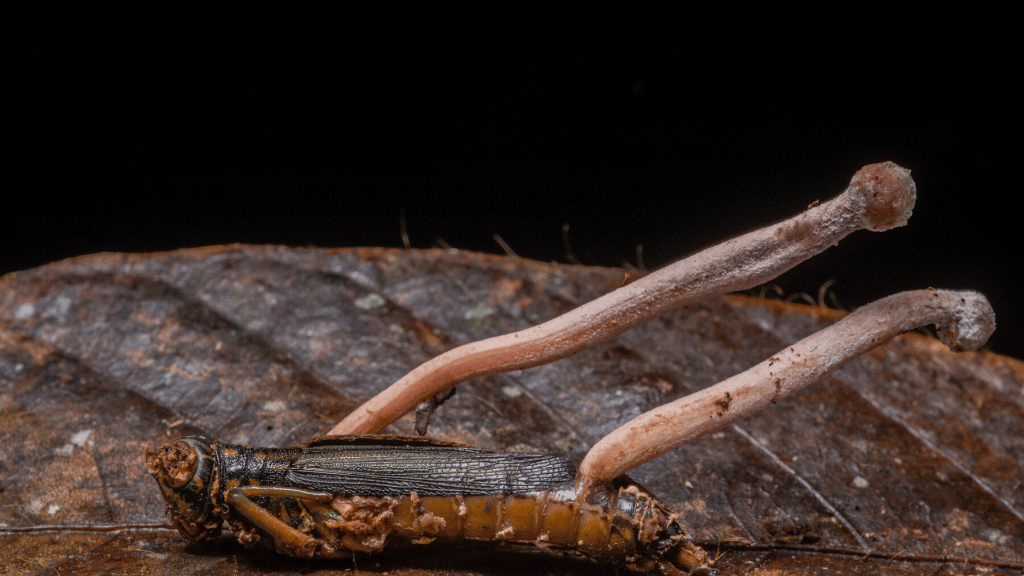
2. Winter Worm, Summer Grass
In China, cordyceps mushrooms are also known as "winter worm, summer grass" because of their resemblance to a worm in the winter and a blade of grass in the summer. This natural camouflage can make them difficult to find in the wild.
3. Cordyceps grows on bugs
Did you know that cordyceps mushrooms are a parasitic fungi that grow on insects? While cordyceps mainly grows on caterpillars, they can also be found on a variety of other creepy-crawlies. These include beetles, moths, flies, and ants.
Different species of cordyceps are known to infect certain types of insects.
For example, Ophiocordyceps unilateralis is known to infect - and even control - the behavior of ants. It's true! The documentary Fantastic Fungi talks about this particular phenomenon in more detail if you're curious.
But other species of cordyceps aren't so picky. Cordyceps bassina likes flies, moths, beetles, and more!
There is still so much we have to learn about cordyceps mushrooms and how they infect their hosts. And that's what makes The Last of Us so exciting!
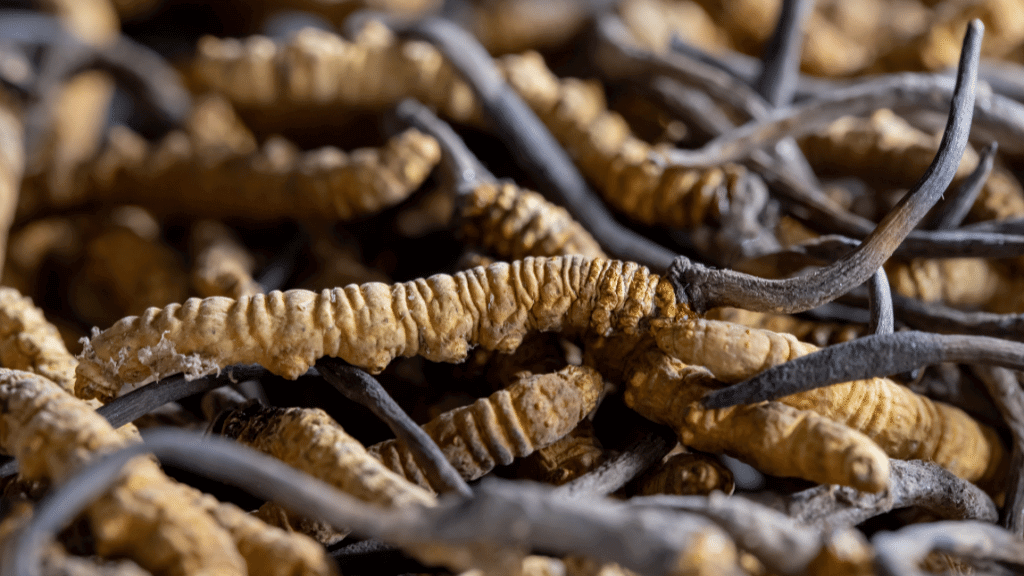
4. There are more than 400 species of cordyceps!
That's right. FOUR HUNDRED species of cordyceps are known today, but more and more are being discovered all the time. These four hundred species of cordyceps all like to infect a wide range of insects and anthropods. And while the popular strains are caterpilliar killers, we still don't fully understand just how many species of cordyceps there are, how, exactly, they work, and what they like to infect....
5. Cordyceps really can control their host like a zombie virus
Some species of cordyceps really can take over the brain and function of their host. This is especially true of the "Zombie Fungus" Ophiocordyceps unilateralis. Creepy! This fungus is particular to ants.
Unfortunately, we don't know exactly how the fungus is able to control the ant's behavior. But we have been able to record it in the wild. Just take a peek at the video below to see it in action!
Once the ant is infected with the cordyceps fungus, strange things start to happen. The infected ant tends to leave its colony and climb to a higher altitude - sometimes climbing a tree to a limb that is hanging directly over the ant's colony. And there it will remain, holding on to a leaf or a twig until its untimely demise.
Once the ant has passed, the "clubhead" fungus appears, popping out of the ant's head. The long stalk of the fungus produces spores that spread and infect other ants. And thus, the cycle continues. The fungus infects more ants, the ants travel to a strategic place to die and spread spores, and the fungus replicates itself.
It can take 3 weeks for the fruiting body of the fungus to burst forth from the insect's head. And any ants in the vicinity are at very, VERY high risk of infection.
So you can see why The Last of Us is so popular! It's not so far-fetched to imagine a fungus infecting the brain of its host.
Check out this short 3 minute "Attack of the Killer Fungi" video from BBC Studios:
6. Cordyceps are used in traditional and functional medicine
Cordyceps aren't just infectious mushrooms. In fact, these shrooms have been used in traditional Chinese medicine for more than 2,000 years!
Cordyceps may have a number of health benefits. But like all medicinal mushrooms, more research can help us fully understand the potential of these mushrooms.
Some of the potential benefits of cordyceps include:
- Enhanced physical performance and energy
- Fights fatigue (that's why it's combined so often with coffee!)
- Helps treat high blood pressure
- Anti-aging characteristics
- May improve sexual drive and function
- May slow tumor growth
- Support Type 2 Diabetes
- Kidney protecting properties
- May boost heart health
- Anti-inflammatory properties
Head on over to our guide on the health benefits of cordyceps if you want to learn more about some of the exciting studies in this space.
7. Cordyceps are jam-packed with bioactive compounds
Cordyceps aren't unique in their bioactive compounds. But they are higher in these compounds than some other mushrooms out there.
Cordyceps is an excellent source of beneficial polysaccharides, nucleosides, and ergosterol.
- Polysaccharides: These are complex carbohydrates that have been studied for how they stimulate the immune system. Beta-glucan content, in particular, is very high in extracted cordyceps. But that's not all. The polysaccharides in cordyceps are also used for their antioxidant and anti-inflammatory properties.
- Nucleosides: These are organic molecules that can have anti-viral, anti-tumor, and anti-inflammatory benefits to your body! And early research also suggests that the nucleosides in cordyceps may improve your heart health.
- Ergosterol: Ergosterol is a precursor to Vitamin D2. The ergosterol that's found in cordyceps may help to regulate the immune system and may help to prevent heart disease and certain types of cancer. Another fun fact! Mushrooms, when exposed to sunlight, can be super high in Vitamin D!
8. Cordyceps went to the 1993 Olympics
Even though cordyceps have been used traditionally for thousands of years, they gained a global spotlight after they attended the 1993 Olympics. Chinese female runners were able to achieve record-breaking results in the 1500-meter, 3000-meter, and 10,000-meter events. Their coach was the one who attributed their team's success to the supplement. In fact, the results were so strong that many people mistook them for illegal steroids.
Now, many athletes turn to cordyceps as a pre-workout supplement to take advantage of some of its purported anti-fatigue and potential lung-improving properties.

9. Cordyceps might have a place in your bedroom
Wink, wink! 🍆 Not only have cordyceps been used for endurance and vitality, but traditional medicine has used cordyceps to improve sexual vitality and function.
In fact, cordyceps was once known as the "Himalayan Viagra" because Tibetan yaks benefitted from the mushroom. That quickly led to human experimentation and well... Here we are!
If you want to learn more about mushrooms for sexual vitality check out our guide.
10. Cordyceps like to grow in heights
It's true that some species of cordyceps may pop up on your hike in North America. But cordyceps is a big fan of soaring heights. They tend to be more abundant in mountainous regions. The Himalayas are a hot spot for this freaky fungi!
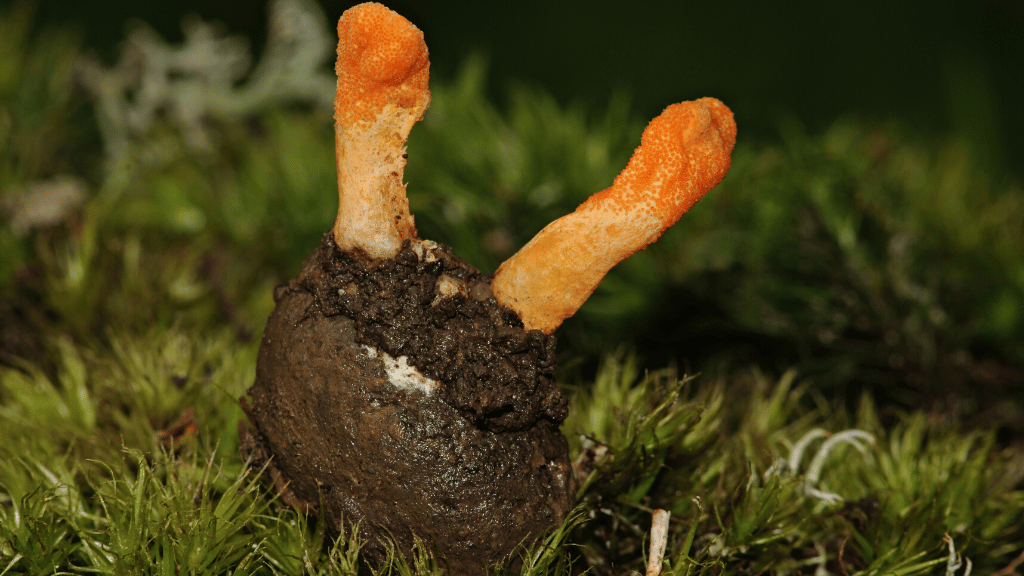
11. Cordyceps may have originated in Tibet
It's impossible to say for sure where cordyceps originated. However, the first evidence shows cordyceps appearing in the wild regions of Tibet in the 15th century. According to legend, a Tibetan shepherd named Kho Nagpa is responsible for the discovery.
Those same yaks we mentioned above seemed to have more energetic after they grazed in areas where the fungus was present. Kho Nagpa brought the fungus back to his village where its use in functional medicine began.
12. Wild cordyceps is a culinary delicacy
Cordyceps aren't just used in medicine. In fact, in some regions of the world, wild cordyceps are an incredible delicacy.
- Cordyceps sinensis: In China, cordyceps sinesis only grows in the extremely high and harsh altitudes of the Tibetan Plateau.
- Cordyceps nepalensis: In Nepal, this particular species of cordyceps is found in the high-altitude and harsh regions of the Himalayas
13. Wild cordyceps have been overharvested
Like any exciting supplement, as it grows in popularity, over-harvesting is a concern. Because of their extremely high market value, harvesting has led to a near decimation of the species in the wild. And for that reason, conservation efforts are popping up all over the globe so that cordyceps levels can stabilize and can be harvested sustainably.
14. Cordyceps militaris grows without a bug host in a lab!
If you're not thrilled about caterpillar fungus in your morning coffee, fear not. The cordyceps species you're likely consuming in your commercial supplement product is called cordyceps militaris and it grows in a lab. Scientists and farmers were able to figure out how to recreate the cordyceps fungus at scale. And that's good news! Since cordyceps need not only an insect but usually a high-altitude environment to thrive.
The good news? Cordyceps militaris seems to be as effective as wild cordyceps sinensis. That's great news for vegans -- and your wallet.
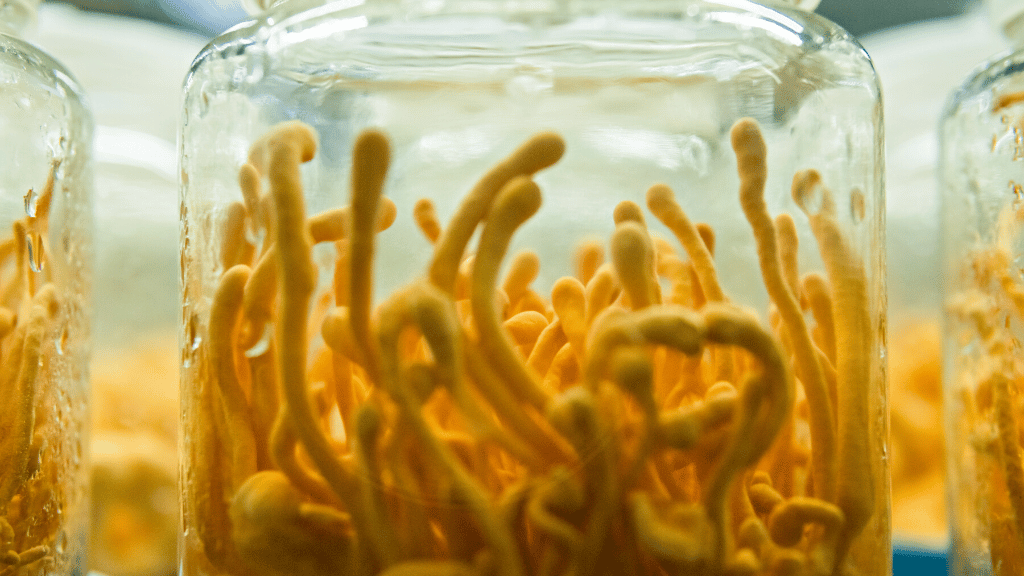
15. Some cordyceps are being used as insecticides
Yes, you read that right! Instead of harmful toxins like RAID, some species of cordyceps can be used as effective insecticides. That same versitile Cordyceps bassiana that we mentioned earlier is not only known to infect a number of bug hosts, but it also produces a powerful toxin that's deadly to lot of invasive insects.
This is of particular interest to the agricultural industry, which has traditionally relied on harmful chemicals.
Cordyceps can be used as a biopesticide for such pests including aphids, thrips, and mites. But they don't just release cordyceps into the wild! Instead, scientists are working on ways to cultivate the fungi in a lab and then extract the toxins in bulk.
Mosquitos and ticks might be the next target for cordyceps biopesticide applications.
14. Wild cordyceps are extremely costly
Cordyceps aren't just hard to find and over-harvested. Their rarity makes them a hot commodity on the market. Some strains of cordyceps can generate up to $50,000 per kilo! You read that right! So it's no wonder folks are reenacting the gold rush with this fungi.
Of course, the cordyceps in your tincture at home are likely lab-grown, and that's why it's more affordable for you!
16. Cordyceps are a pop culture phenomenon
While it's grown in popularity over the last few months, cordyceps is no stranger to pop culture appearances. Here are just a few examples of cordyceps in popular media:
- The video game "The Last of Us" plays out a post-apocalyptic world where cordyceps has mutated to infect humans. And it's the genesis of the HBO show of the same name.
- "The Strain" was a popular TV show where a parasitic worm infects and controls humans in an eerily similar fashion to cordyceps.
- In another video game called "Death Standing", cordyceps is used to explain how zombies arise from the dead. Spooky!
- In the novel "Leviathan Wakes", a notable character takes cordyceps supplements as a performance enhancing drug.
- In the Manga series "Parasyte", 'cordyceps' is the name of the alien race that infects and controls humans.
17. Cordyceps can't really infect human hosts. Yet!
Despite its popularity as a brain-consuming and all-controlling zombie fungus, cordyceps isn't likely to take over your brain. Cordyceps is a highly-specialized fungus. It loves insects. And while we still have so much to learn about how cordyceps infects and controls its host, a very specific set of mechanisms and chemicals are involved - many of which is specific to the insect's nervous system.
The human nervous system is so dramatically different from insects, the evolution of cordyceps would need to be quite massive before we are concerned about it infecting small mammals - or - humans!
But who knows what the future holds...?
18. You can take 1-3 grams of cordyceps per day
Now remember, each body is different. So please make sure you speak to your doctor before taking a cordyceps supplement for functional benefits.
But as we said, cordyceps has been utilized for thousands of years. It's generally considered very safe as a supplement.
While your dosage of cordyceps will vary on what functional benefit you're trying to achieve - and personal factors - it's generally recommended that you take between 500 mg - 3 g of cordyceps per day to see functional benefits.
19. Cordyceps is generally considered to be very safe
While upset stomach, headaches, insomnia, and allergic reactions may occur, cordyceps generally has very little side effects for otherwise healthy individuals. Always start small and take your time when increasing your dosage to evaluate your body's unique response.
20. Cordyceps is found in a variety of commercial supplements
Since gaining popularity in the United States, Europe, and Canada, cordyceps is flying off the shelves. And that's made way for a number of exciting new supplemental products.
In fact, you can find cordyceps in a powder, extract powder, capsule, tincture, or a blend. Not to mention, cordyceps coffee is becoming more and more popular.
But not all cordyceps products are created equal. Make sure you do your research to find a quality and trusted brand.
Here at Remeday, we've done extensive research on the top cordyceps brands. We only ever recommend products we have tried ourselves and would suggest to family and friends.
If you're looking to try cordyceps for yourself, these are some great brands to research:
Want to learn more about this creepy caterpillar killer?
Head on over to our cordyceps learning center! Enjoy!





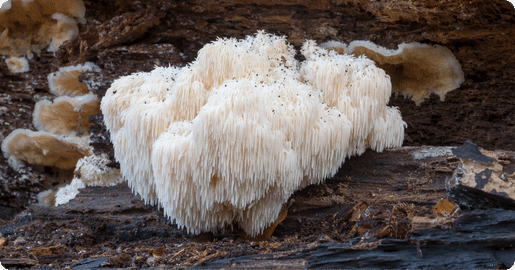
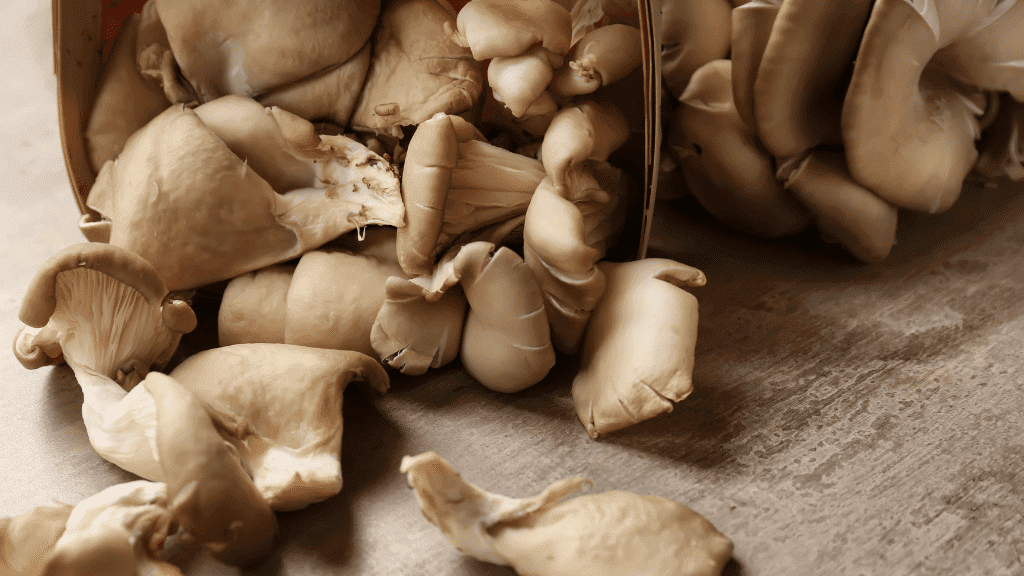


.png)
